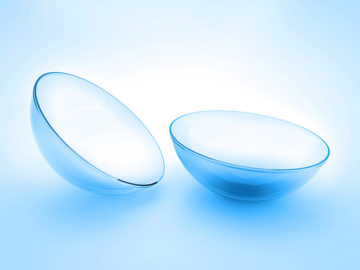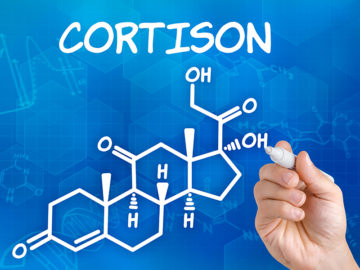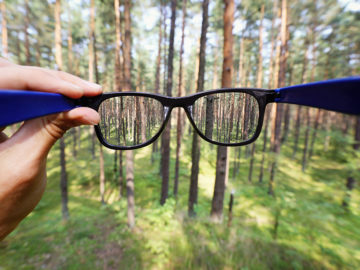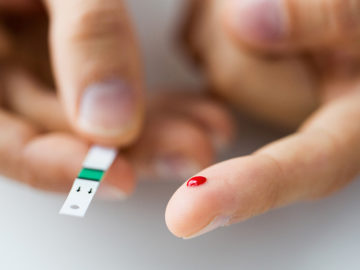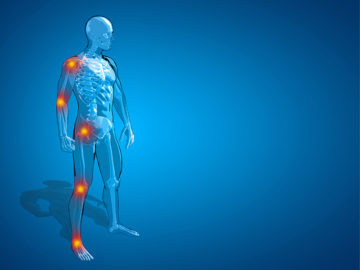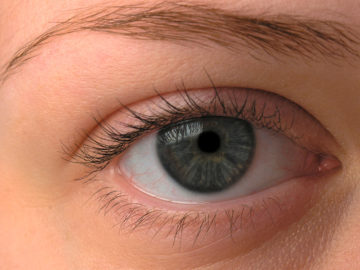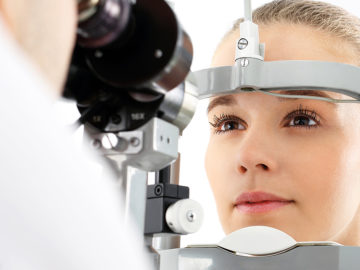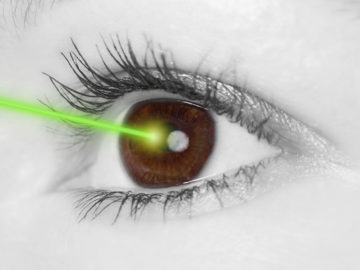Laser eye surgery – uses and areas of application
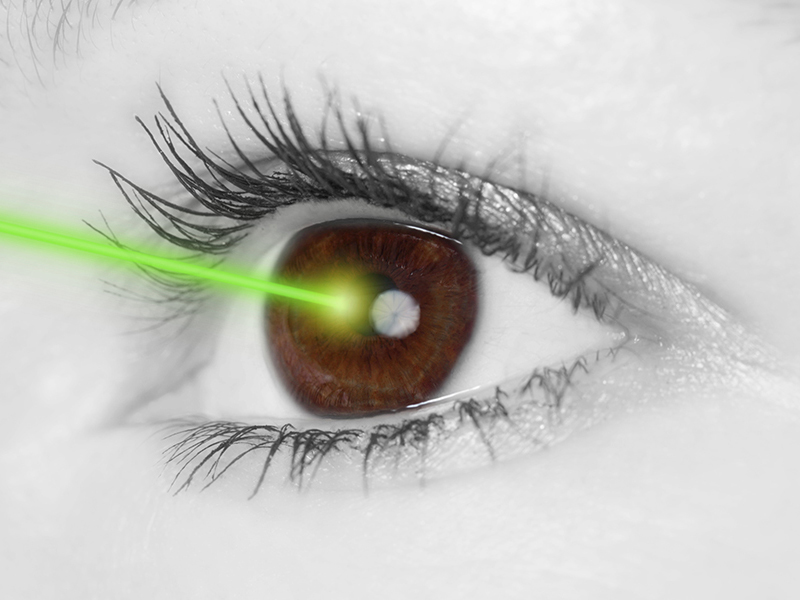
Impaired vision can be corrected with eye lasers.
The term “laser eye surgery” is commonly used for the correction of different types of impaired vision. These interventions are bundled under the term “refractive surgery” which includes procedures such as LASIK or PRK. There is, however, a multitude of non-refractive laser treatments in the treatment of eye diseases (for example the sealing of retinal ruptures) as well as the diagnostic use of low-energy lasers for surface mapping and length measurement of the eye.
Therapeutic use of the eye laser
Lasers are used in the therapeutic area, for example, for cutting through or removing layers of tissue, such as in the treatment of cataracts. In this, the clouded lens is removed with the aid of a femtosecond laser and subsequently replaced with an artificial lens. In this way, the laser is replacing several individual steps in lens surgery previously performed by hand by the doctor.
The laser has also opened up new possibilities in the therapy of glaucoma (green star), where treatment with medicines is no longer sufficiently effective: through selected radiation of the drainage angle of the eye chamber (trabeculoplasty) the surrounding tissue becomes more porous and this lowers the pressure in the eye.
Refractive surgery (LASIK, PRK)
In ophthalmology, refraction means the dioptric power of the correction with which rays of light, coming in through the cornea and the lens, produce a sharp image on the retina of an object at an infinite distance. With normal sight (emmetropia), the rays of light join together at one point on the retina. With short-sightedness (myopia), this point of intersection lies before the retina and with long-sightedness (hypermetropia), behind it. The blurry visual impression produced by the scattered incidence of light can normally be corrected by suitably cut eyewear (glasses, contact lenses).
Alternatively, refractive surgery offers the possibility of removing tissue directly from the cornea and thus to change the dioptric power of the cornea. Among the best known and most tried-and-tested procedures are LASIK and PRK. Both methods can be applied for correcting short-sightedness as well as long-sightedness, but have different advantages and disadvantages.
PRK – Photorefractive keratectomy
With this method of laser eye surgery, the superficial cornea is removed layer by layer. For treating short-sightedness, the cornea is levelled in the centre, which reduces the dioptric power of the cornea and pushes the point of intersection of the incoming light rays towards the back. Moderate short-sightedness (2-6 dioptres) can be well rectified in this manner. In order to prevent a corneal scar from developing after the intervention, there is normally a follow-up treatment with eye drops containing cortisone. In addition, a special therapeutic contact lens is worn in the first few days after laser eye surgery in order to give added protection to the affected cornea.
In order to correct far sightedness, the cornea has to be made steeper by removing rings of tissue at its edges. In this way, the profile of a more convex lens is cut into the cornea. However, the deepening which is so created can partially fill again with corneal tissue which causes the refractive effect to decrease in the longer term.
LASIK – laser-assisted in-situ keratomileusis
With the LASIK method, the cornea is cut into with a precision knife or a femtosecond laser and a very fine flap is lifted up. Then, analogous to the PRK method, tissue is removed accordingly and the cornea flap is closed again. The benefits of this method are the immediate release from symptoms for the patient and the prevention of scarring on the cornea. Although the LASIK method is largely free of complications, there can be a feeling of dryness after the operation. When cutting into the cornea, the very fine corneal nerves are severed, the surface of the eye is therefore less sensitive and is no longer able to optimally adapt the productsion of tears to external circumstances, such as air, dust or heat and cold. On top of that – as with other surgical interventions – the risk of cutting errors and post-operative infections increases. The need for, and the side effects of, laser treatment should therefore always be discussed in consultation with a specialist.





